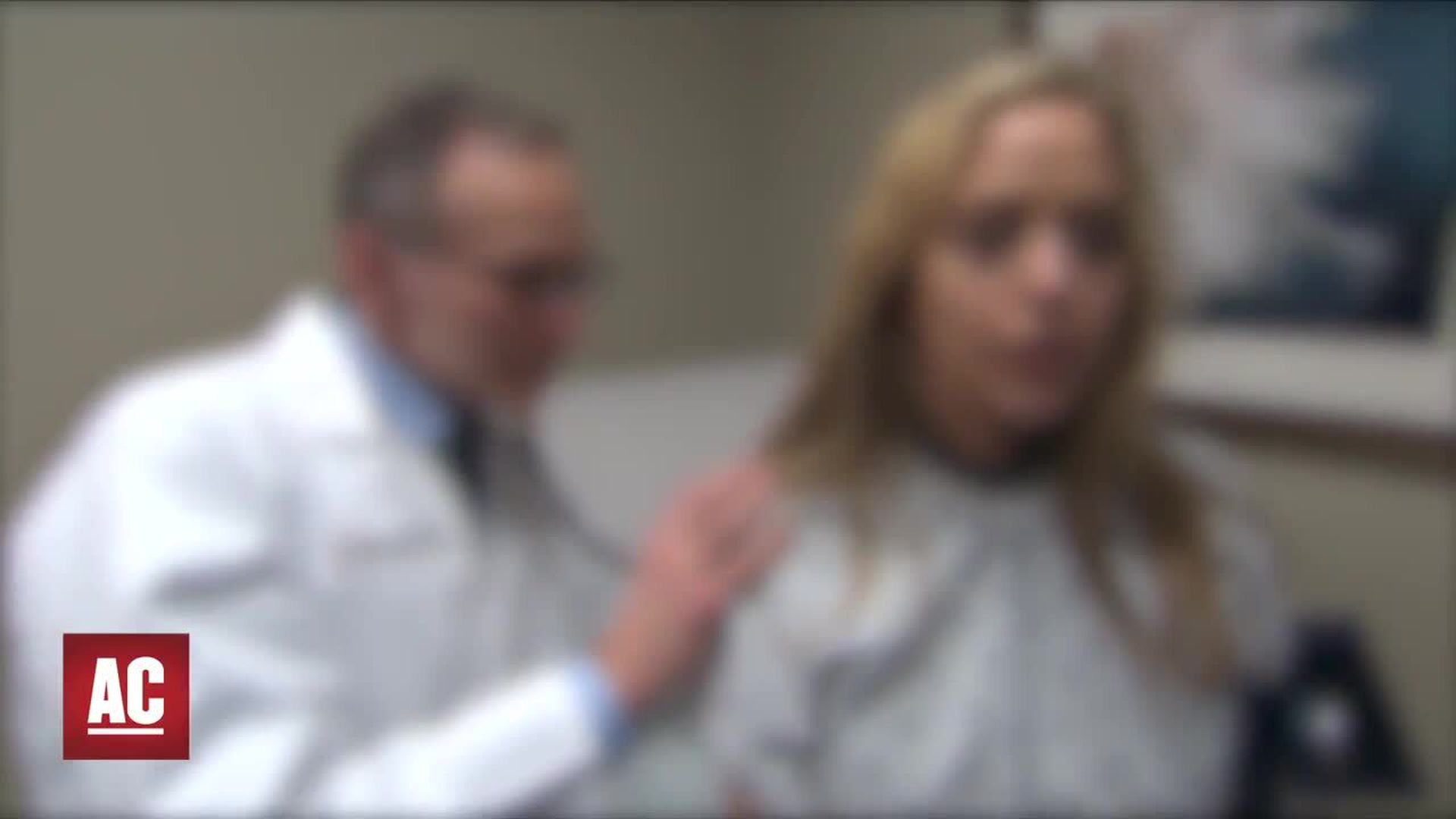Since the mid-1970s, cancer death rates for youth in the United States have declined. However, for the past 10 years, Black and Hispanic youth death rates have stalled, according to a new report from The Centers for Disease Control and Prevention (CDC).
There have been several medical advancements for treating childhood cancer and in the last 40 years, bringing the overall survival rate from 10 percent to 85 percent, according to statistics from CureSearch. In addition, according to the CDC report, the overall cancer death rate for children and teenagers in the U.S. went down from 2.75 to 2.10, declining 24 percent.
However, while the cancer death rate for white youth is falling, the cancer death rate for Black and Hispanic youth has remained almost stagnant.
In 2001, cancer death rates for Black, Hispanic, and white children were all similar and ranging from 15 to 17 percent. From 2011 to 2021, while white youth saw death rates decline 12 percent, death rates for Black and Hispanic youth saw no significant change.
There was no significant difference in death rates among the different demographics of youth from 2001 to 2011, but the rates from 2011 to 2021 saw white youth rates being between 19 and 20 percent lower than that of Black and Hispanic youth.
Women are diagnosed with lung cancer more than men, baffling researchers

In a study on disparities in childhood cancer, the New York State Department of Health found that the incidence rate for all types of cancer is greatest in non-Hispanic whites, followed by Hispanics, and is lowest in non-Hispanic blacks.
It found that non-Hispanic Black children are about 30 percent less likely to be diagnosed with cancer than non-Hispanic white children. Hispanic children are about 10 percent less likely to be diagnosed with cancer than non-Hispanic white children.
However, even though non-Hispanic black children and Hispanic children are less likely to be diagnosed with cancer than non-Hispanic white children, those who are diagnosed are less likely to survive.
There are more than 15,000 children between the ages of 0 to 19 that are diagnosed with cancer each year, according to CureSearch.
- Marijuana May Not Cause Lung Cancer, But It's Still Not Good For You ›
- Breast Cancer Screening Should Be Done at a Younger Age ›
- Women Have Higher Rates of Lung Cancer Than Men, and Researchers Are Baffled ›
- This Is Why Men Should Also Get Screened For Breast Cancer ›
- Racism Holds Back Workers & the Economy: ‘Black Ceiling' ›
- Black Americans Expect to Face Racism at the Doctor: Survey ›
- LA Poultry Plant Punished For Illegal Child Labor ›

















































